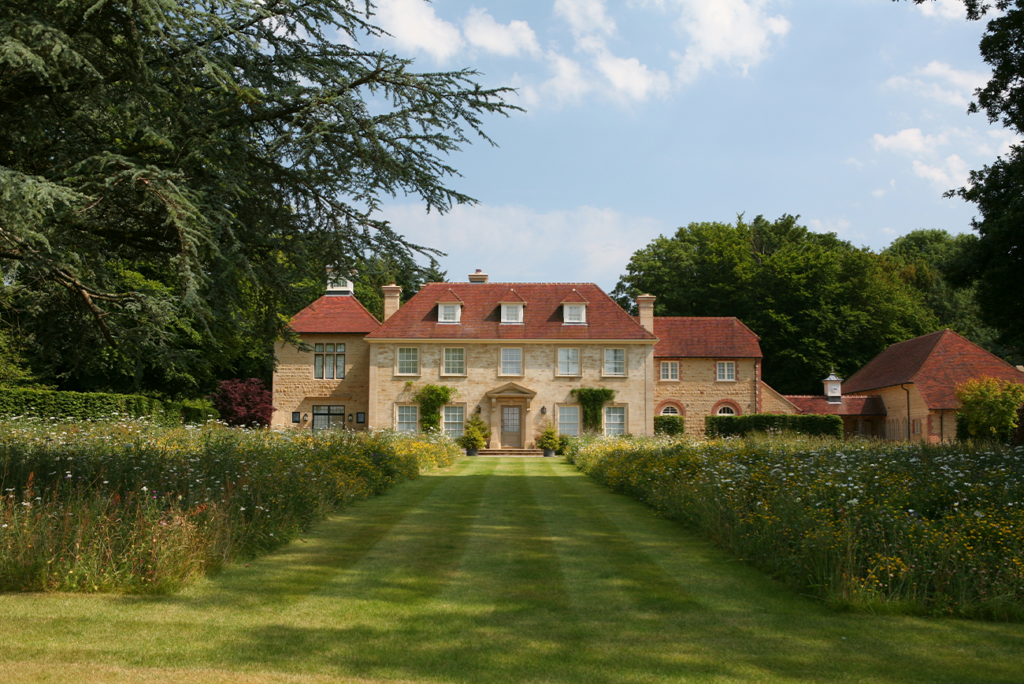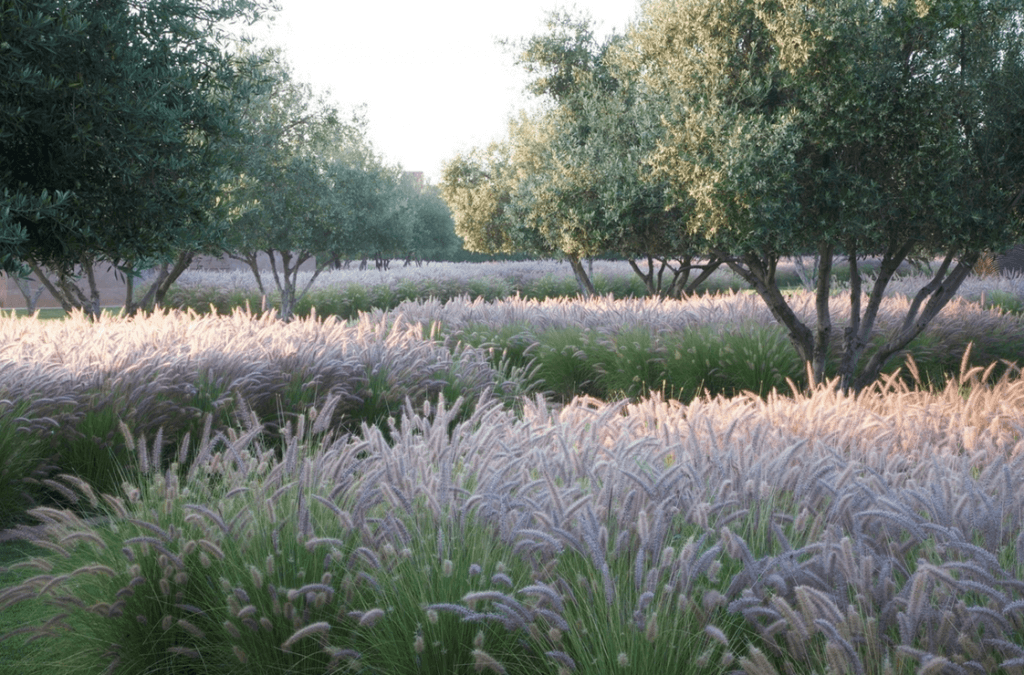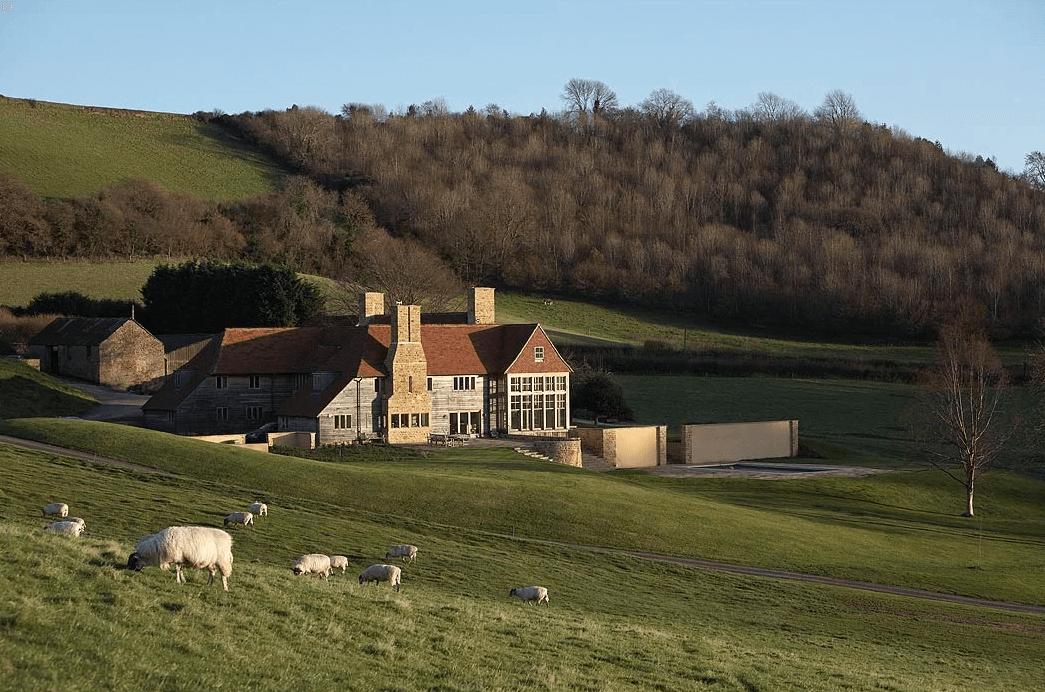The RedBook Guide: How to choose the right garden designer for your project
Why use a garden designer at all?
Why not do it yourself and design your own garden? The answer is down to scale, complexity and your ambitions.
Making the most of any outdoor space takes huge imagination and technical skill: understanding soil types and the plant or shrub types best suited to them; ‘painting’ with flowers and foliage so that the garden delights your eye not just in early summer but year-round; resolving spatial 3D puzzles thrown up by the footprint of the house or by sloping ground; and determining how much of your time or a gardener’s the garden will demand each week to maintain it in good order.
Working closely with a like-minded, talented garden designer, and inspiring each other from the get-go, enables you to put your personal imprint on the garden while enriching its design with all their years of training and experience.
And having said that the size of a garden determines the need for a designer, the best garden designers can transform even the most restricted and overshadowed spaces in town gardens into sublime sanctuaries amid the hubbub.

When to start
You can start planning your garden at any time, and garden designers take on new projects all year round. The only limit to creating a garden is the planting season which runs through the winter months and into the very early spring when trees, shrubs and flowering plants are still dormant and less vulnerable to damage.
If you are planning some heavy earth works, such as digging foundations or shifting large amounts of soil, you will also want to avoid predictably wet weather during spring and autumn if possible. All too quickly your gorgeous garden-to-be might otherwise turn into a slimy mud bath fit only for hippos.
When you are building a new house from scratch, the ideal time to engage a garden—or landscape—designer is immediately after choosing your architect. The best garden designers are highly skilled at picturing the optimal site and orientation of the building, as well as the approach to it, just as they are at imagining views from a house yet to be built and identifying the best vistas.
A garden designer will complement the architect’s skills, and the two creative professionals will inspire each other. Almost without exception, architects welcome the appointment of a garden designer on a project.
Legally, certain types of planning application for permission to build a new house (such as ‘Para 79’ applications) or for making changes to an existing one require you to include a report and a design for the garden as part of your application. So a garden designer is sometimes critical to a project.
“Creating a garden can do more to transform a house into a haven than anything else you can do.”

Types of garden designer
It is a great mistake to imagine all garden designers have similar skills and aptitudes. The difference between garden designers can, in fact, be as great as that between an architect and an interior designer—the one creating the structure, and the other adding the decorative touches that make the space truly habitable and delightful.
While some garden designers excel at both types of design—creating the structure of a garden and its ‘interior design’—many lean more towards one than the other. So, you will find that garden-design studios often have one designer whose greatest skill lies in choosing plants and flowers, while another designer in the studio has the technical ability and visual imagination to plan the ‘hard landscaping’ details including fixing ground levels and gradients, where walls should be built, and how the garden should be drained and irrigated.

‘Finding someone to design your garden is a risky business. They come, they go, but you have to live with the garden afterwards. So you have to find someone you think you can trust from the start and it isn’t easy,’ says Stephen Anderton, Gardening correspondent for The Times and RedBook Advisor on garden designers, whose role is to help evaluate designers alongside the RedBook team and ensure we work only with the very best.
As Stephen explains, ‘A good designer will throw up exciting ideas and possibilities for your garden, which had never even crossed your mind. That’s what you’re paying them for. But still, before you get anywhere near a designer, you need to have asked yourself what exactly you want from your garden-to-be.
‘Try to settle one huge overriding issue: do you want your garden to be a picture, something easy on the eye, wonderfully finished, against which you can simply live your busy life in beautiful surroundings? That’s nothing to be ashamed of. Or do you want a garden that cries out for partnership, for you to be a gardener, make regular decisions, plant things, do things, and be its friend? A designer must know that from the start.
‘Make a scrapbook or Pinterest board to understand and agree your preferences, showing gardens and plants and styles you both love and—yes—hate. This you can give to the designer.’

Stephen Anderton, gardening correspondent for The Times and RedBook Advisor
It is extraordinarily easy—and a common error—to forget all about the potential cost of landscaping or garden design when you are first considering doing a property project. Instead, clients understandably tend to focus on the budget they will need to build the house and furnish it. But creating a driveway, laying turf and creating flower beds or paved terraces, to say nothing of putting in some outdoor lighting or a gate or two, are often essential to complete the project.
So what does the money you might spend on a garden go into? Here are a few items on the list: professional fees for designers, materials (such as plants, drainage pipes, topsoil, paving), and then hiring a firm of landscape contractors to put all the elements together according to the design.
And what elements cost the most? Put simply, ‘hard landscaping’ such as creating new walls or building a ‘ha-ha’ tend to be expensive, especially if these are faced with brick or stone. And while digging up tonnes of earth costs little, trucking it away from your site and dumping it elsewhere burns through cash.

Key questions
At RedBook, when we introduce designers to clients after carefully analysing the best matches for them and their project, we give clients a list of questions to help them interview the candidates on our list.
Each set of questions is different as it has to suit the client’s particular needs and interests, but here are a few important questions:
— What other project(s) on a similar scale to your garden has the designer worked on, and how did they respond to the client’s brief?
— What is their experience of designing gardens for the particular type of project you have, whether it is for a new-build house, in the grounds of a listed house or perhaps a town garden?
— What is distinctive about their approach to design and to working with clients?
— How many other projects does the designer expect to have in progress at the same time as yours, on what scale, and how far away from your site? (You want to be sure your project is important to the designer and will be properly attended to.)
— How does the designer charge for their work and how do they structure fees?
— What will give the house and grounds the greatest impact in terms of garden-design elements—and give the most ‘bang for buck’ in terms of investment in implementing the garden design?
— When would the designer deliver plans, expect to put them to tender with landscape contractors, and see the garden completed?

